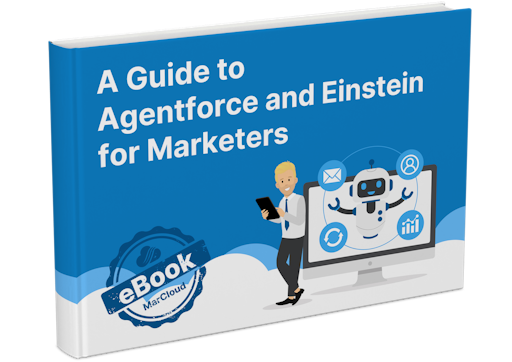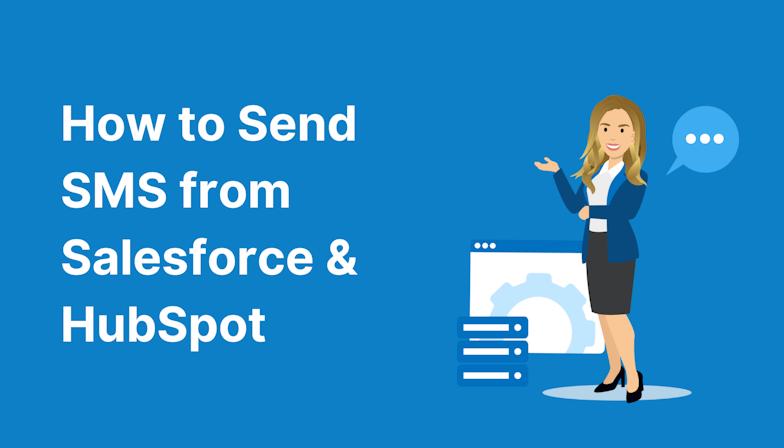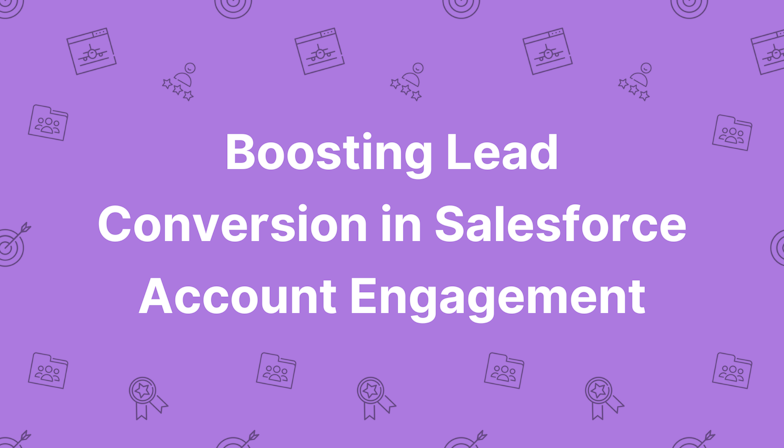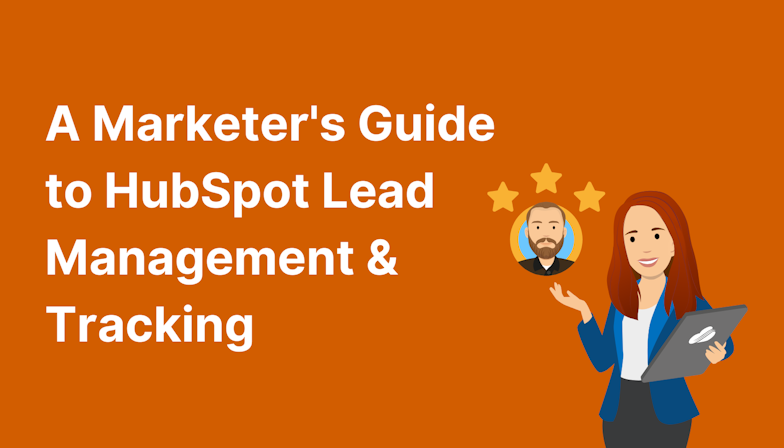With AI like Salesforce Agentforce and HubSpot Breeze at everyone’s fingertips these days, it can be really easy to ask AI to write an email for your marketing campaign. There’s nothing wrong with this, and it can help speed up content generation and campaign launches. However, if we completely automate content without human oversight or interaction, we lose brand identity and an authentic voice.
Staying true to your prospects and clients’ interests and what brought them to your company, services, or products in the first place means keeping a firm hold on content creation and vetting every piece to ensure it meets your guidelines and doesn’t read like AI.
From an operational perspective, AI-generated content can help you scale faster, but content that performs well with both humans and search engines still requires strategy, tone, and relevance. The most successful marketing teams use automation tools to support creativity, not replace it.
Before publishing, ensure that human editors review each piece for accuracy and alignment with your brand’s messaging pillars. This will keep your campaigns engaging and protect your long-term reputation, which is ultimately what drives ROI.
Automation should enable marketers to work smarter, without stripping away the creativity, connection, and credibility that make your brand unique. As marketing leaders, it’s your responsibility to define where technology ends and human value begins. When you strike the right balance, you’ll not only gain the trust of your audience but also the confidence of your executive team.
Don’t lose the human touch in a world full of automation. Get in touch to discuss how MarCloud can help you stay authentic while scaling marketing operations.






